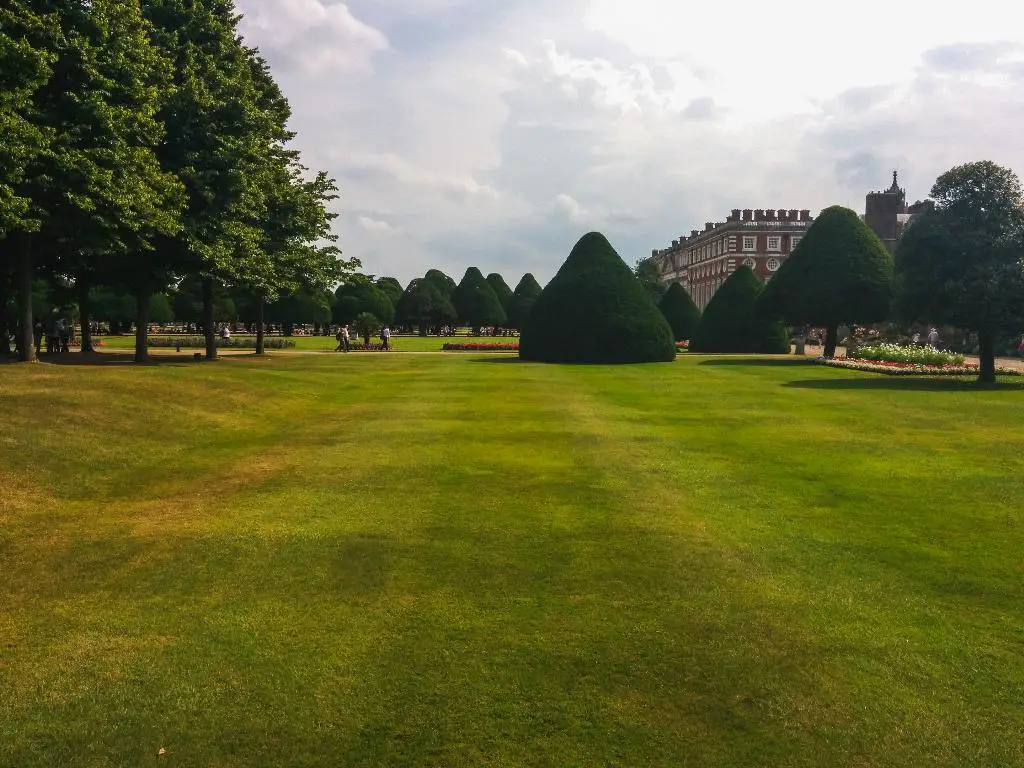If you’re wondering about the ideal timing for using lime on your lawn, the answer lies in understanding the growth cycle of your grass and the optimal conditions for lime application.
First and foremost, it’s crucial to consider the season when determining when to apply lime to your lawn. The two best seasons for liming your lawn are early spring and fall. These seasons are optimal because they coincide with the active growth periods of most grass types, ensuring that the lime can be readily absorbed by the plants.
While both early spring and fall are suitable for liming, fall is often preferred by many lawn care experts. This preference stems from the fact that applying lime in the fall allows more time for the lime to break down and be absorbed into the soil before the dormant winter period sets in.
One crucial factor to consider when deciding when to use lime on your lawn is the temperature. It’s essential to avoid applying lime during the scorching hot summer months, as this can add unnecessary stress to your grass. High temperatures can hinder the effectiveness of lime and may even damage your turf in extreme cases.
Another consideration to keep in mind is the moisture content of your soil. Ideally, you should apply lime when the soil is moist but not saturated. Avoid liming your lawn during periods of heavy rainfall or drought, as neither extreme is conducive to the proper absorption of lime by the soil.
During the lime application process, it’s essential to ensure that you distribute the lime evenly across your lawn. Uneven application can lead to inconsistent pH levels in the soil, which can affect the overall health and appearance of your grass.
It’s also advisable to conduct a soil pH test before applying lime to your lawn. Testing the pH level of your soil will help you determine the exact amount of lime needed to correct any acidity issues and achieve the optimal pH balance for healthy grass growth.
For those with newly seeded lawns, it’s best to wait until the grass has established a strong root system before applying lime. Applying lime too soon after seeding can disrupt the germination process and hinder the growth of your new grass.
Regularly monitoring the pH levels of your soil throughout the year is essential for maintaining a healthy lawn. If you notice any signs of nutrient deficiencies or poor grass growth, it may be time to consider applying lime to restore the balance of your soil.
In conclusion, the best time to use lime on your lawn is during the early spring or fall when the grass is actively growing, and the weather conditions are favorable. By adhering to these guidelines and considerations, you can ensure that your lawn remains vibrant and lush throughout the year.

